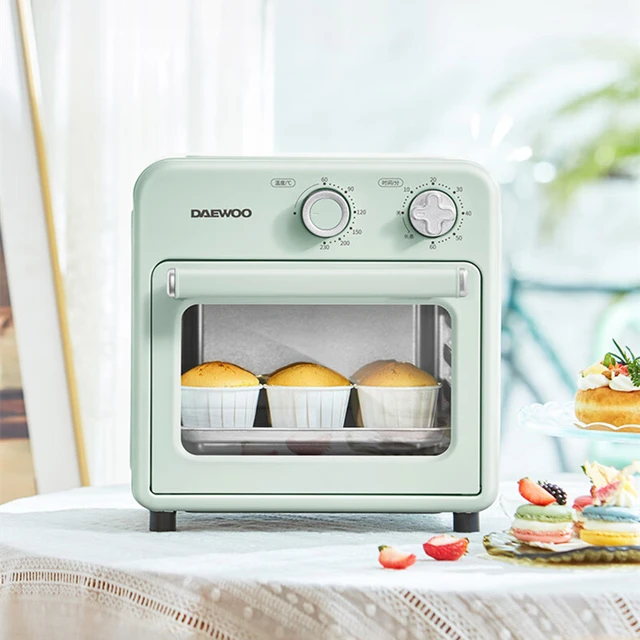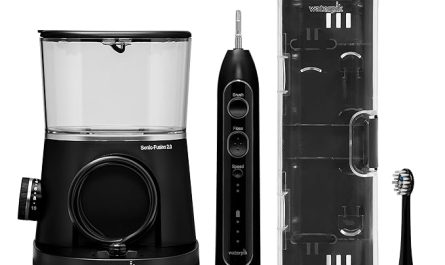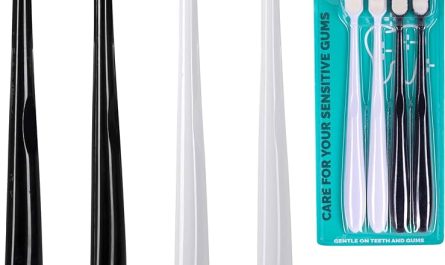Introduction:
The width of an oven is an important consideration when purchasing or installing a new appliance. It determines the amount of space available for cooking and baking, as well as the compatibility with existing kitchen cabinetry. In this article, we will explore the standard widths of ovens, discuss variations in size, and consider factors to consider when selecting an oven width. By understanding the available options and making informed choices, users can ensure that their ovens fit seamlessly into their kitchen spaces.

How wide are ovens?
Overview of Oven Widths:
a. Importance of Oven Width: The width of an oven is a crucial factor in determining its capacity and compatibility with kitchen spaces. It affects the amount of cooking space available and whether the oven will fit within existing cabinetry.
b. Standard Oven Widths: Ovens typically come in standard widths, ranging from 24 inches to 36 inches. These widths are designed to accommodate various cooking needs and fit standard kitchen configurations.
Common Oven Widths:
a. 24-Inch Ovens: 24-inch ovens are considered compact and are suitable for kitchens with limited space. They are commonly found in apartments, smaller homes, or as secondary ovens in larger kitchens. These ovens typically have a lower cooking capacity compared to larger models.
b. 27-Inch Ovens: 27-inch ovens are a popular choice for homeowners looking for a balance between cooking capacity and space efficiency. They provide a slightly larger cooking area compared to 24-inch models without requiring excessive kitchen space.
c. 30-Inch Ovens: 30-inch ovens are the most common and widely available standard oven size. They offer a spacious cooking area and are often found in standard kitchen designs. 30-inch ovens provide ample capacity for most cooking needs and are suitable for a wide range of kitchen layouts.
d. 36-Inch Ovens: 36-inch ovens are larger and offer an increased cooking capacity. These ovens are commonly seen in professional or commercial settings, as well as in high-end residential kitchens. The additional width allows for multiple racks and the capability to cook larger quantities of food simultaneously.
Factors to Consider When Selecting Oven Width:
a. Space Availability: Assess the available space in your kitchen to determine the maximum width that can be accommodated by existing cabinetry or countertops. Consider any potential limitations, such as walls, adjacent appliances, or ventilation requirements.
b. Cooking Needs: Evaluate your cooking habits and the types of dishes you regularly prepare. Consider the number of people you typically cook for and the size of the cookware you use. This will help determine the necessary cooking capacity and guide your selection of oven width.
c. Kitchen Layout: The layout of your kitchen can influence the choice of oven width. Consider the overall design and functionality of the space, including the arrangement of other appliances and countertop work areas. Ensure that the selected oven width complements the overall kitchen design.
d. Future Needs: Consider any potential changes in your cooking habits or lifestyle that may impact your oven requirements in the future. If you anticipate a larger family or an increase in entertaining, you may want to choose a wider oven to accommodate these future needs.
e. Customization Options: Some oven models offer customization options, allowing you to tailor the width to your specific requirements. This can be particularly useful if your kitchen has unique cabinetry dimensions or if you desire a seamless look with surrounding countertops.
f. Compatibility with Cookware: Take into account the size and dimensions of your existing cookware when selecting an oven width. Ensure that your preferred oven can accommodate the largest pots, pans, and baking sheets that you regularly use.
g. Budget Considerations: Oven prices can vary based on size and features. Consider your budget and balance it with your desired oven width to find the best fit for your needs.
Other Oven Dimension Considerations:
a. Height and Depth: While this article primarily focuses on oven width, it is important to also consider the height and depth of the appliance. These dimensions can impact the overall fit and functionality of the oven within your kitchen space.
b. Trim and Installation Allowance: When selecting an oven width, take into account any trim or additional space required for installation. This ensures a proper fit and allows for any necessary adjustments during the installation process.
Conclusion:
The width of an oven plays a crucial role in determining its cooking capacity and compatibility with kitchen spaces. Standard oven widths range from 24 inches to 36 inches, providing options to accommodate different cooking needs and kitchen layouts. Factors such as available space, cooking habits, kitchen design, future needs, and cookware dimensions should be considered when selecting an oven width. By evaluating these factors and making informed decisions, users can ensure that their chosen oven fits seamlessly into their kitchen spaces, meets their cooking requirements, and provides a functional and enjoyable cooking experience.




